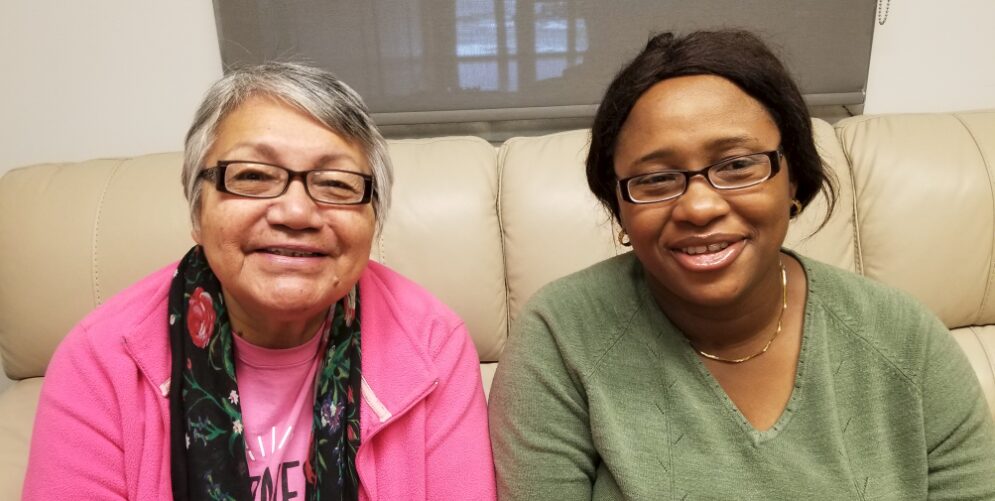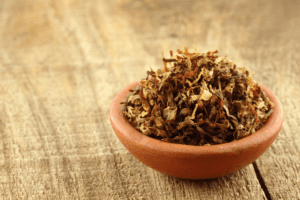ININIWI kISKINWAMAKEWIN Centre

The ininiwi kiskinwamakewin Centre nurtures a cultural environment that builds bridges and promotes balance to meet the needs of the UCN community. It can be found at UCN Thompson Campus, 55 UCN Drive in room 134A. "The people's place of learning" is the interpretation of the name ininiwi kiskinwamakewin. "The people's place of learning" is the interpretation of the name ininiwi kiskinwamakewin.
Established on August 2, 1995, the University College of the North, then known as the Keewatin Community College, announced the renewal and revitalization of the UCN Aboriginal Centres at the Thompson Campus and The Pas Campus. The primary mandate of these Centres was and continues to be the promotion of Aboriginal culture and awareness as well as to support the incorporation of culturally proficient practices into all structures within the University College of the North.
If you're in town visiting the Thompson campus, please stop in. Bring family and friends, the more the merrier.
Everyone Welcome!
We are interested in your Ideas
At the ininiwiwi kiskinwamakewin Centre we are interested in hearing your idea's.You may have ideas for traditional persons week or an evening activity you would like to see happen for special interest in promoting our rich and diverse aboriginal cultures. In promoting aboriginal awareness the ininiwi kiskinnwamakewin centre appreciate's the students and staff insight in promoting different types of aboriginal awareness activities in following the ininiwi kiskinwamakewin Centre Mandate, which is as follows:
As a secondary mandate, the ininiwi kiskinwamakewin Centre continue's to deliver activities and programs to support healthy lifestyle choices and student retention. Activities and programs have included but have not been limited to: traditional drumming, traditional counseling, solstice potlucks, annual powwows, annual Elders gatherings, sharing circles and Traditional Persons Week presentations to support the incorporation of indigenous knowledge into the classroom. Additional areas of focus of the ininiwi kiskinwamakewin Centre have and continue to include:
 Traditional Knowledge Video Presentations
Traditional Knowledge Video Presentations
Tansi, UCN students and staff. We hope you are well and healthy today!
The ininiwi kiskinmawakewin Centre and University College of the North present the following video sessions for students and staff. You will learn how to harvest and use medicines, about the Willow Offering and Willow teaching. Traditional Knowledge Keeper, Fred Stevens, will share his understanding of these teachings and how you can use them in your every day life.
There will be a short quiz after each presentation for you to find out what you have learned about the four medicines, the willow offering and willow teaching.
Session 1: Tobacco (cis-te-maw)
In this 19:30 - minute video presentation on tobacco, Fred Stevens makes his introduction. He shares the purpose of smudging, offering tobacco for harvesting medicines and the appropriate protocols when to offer tobacco.
Tobacco Questions:
1. What is the importance of offering tobacco, when harvesting medicines?
2. When do you offer tobacco, for what purposes?
3. What is the difference between traditional tobacco and commercial tobacco?
4. How do your respect tobacco?
Session 2: Sweetgrass (wi-kas-ko-siy)
In this 38:50 - minute video presentation on sweet grass, Fred shares a teaching on the meaning of sweetgrass, shares how to harvest it, where and when to pick it, how to clean it, and take care of it and when to use sweetgrass.
Sweetgrass Questions:
1. When is the best time of the year to harvest sweetgrass?
2. How do your harvest sweetgrass and prepare it to be braided?
3. What does sweetgrass represent?
4. How do you use sweetgrass?
Session 3: Sage (wa-pus-ko-siy)
In this 15:52 - minute video presentation on sage, Fred shares a teaching on how to harvest sage, how to clean it, when to use it and offer it and how it’s used at ceremonies.
Sage Questions:
1. How does one harvest sage?
2. What do you use sage for?
3. What is the purpose of smudging with sage?
Session 4: Cedar (ma-sa-ki-a-tick)
In this 16:55 - minute video presentation on cedar, Fred shares on how to harvest cedar, when to pick it, where to pick it, how to use it and the importance of using it at ceremonies.
Cedar Questions:
1. How do you harvest cedar?
2. What purpose, would you use cedar in the home?
3. How is cedar used for medicinal use?
4. What is one ceremony cedar is used for?
Session 5: Willow Offering
In this 20:48 - minute video presentation. Fred shares a teaching he received from an Elder from Saskatchewan, on how the willow offering was made and the purpose of the offering. He also shares how cloth offerings have replaced willow offerings.
Willow Offering Questions:
1. What was the purpose of the willow offering?
2. How was the willow offering being used, without children knowing it?
3. Why was the willow offering, replaced?
4. When do you offer cloth, for what purpose?
Session 6: Willow Teaching
In this 20:50 - minute video presentation. Fred shares a teaching on the purpose and the meaning of the Willow and how it was misused. He also shares how it was used as a teaching tool in the home, community and at ceremonies.
Willow Teaching Questions:
1. What is the purpose of the willow?
2. Explain the misunderstanding of how the willow was used?
3. How was the willow used as a teaching tool?
4. How can one apply this teaching to their life?
Feedback
Please fill out this short feedback form.
We’d like to know what other presentations you would like to see presented in this format.
------------------------------------------------------------------------------------------------------------------------------------
Chaga Medicine Teaching with Fred Stevens
